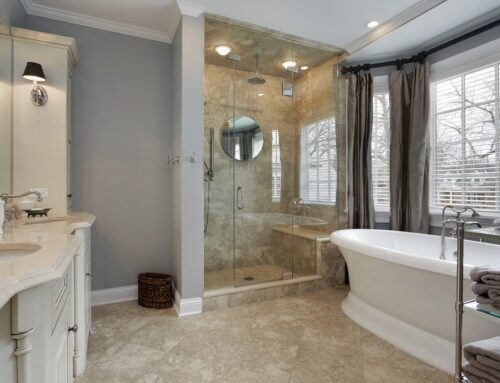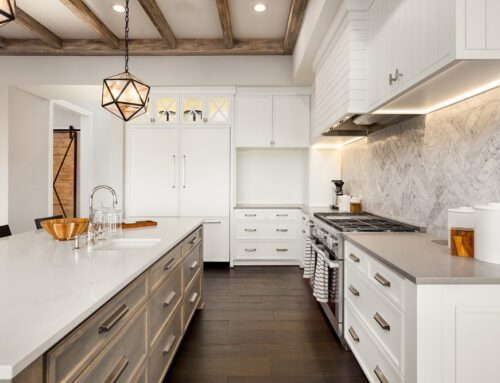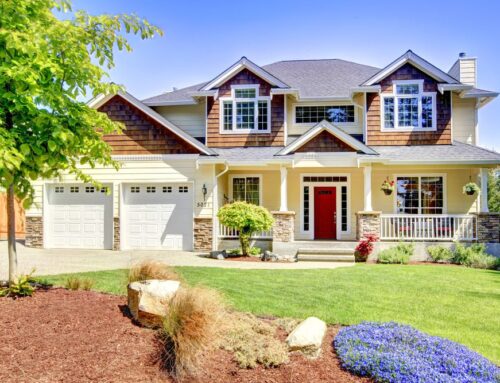Are you an apartment dweller or a homeowner with limited square footage? If so, you might be familiar with the challenges of making the most out of small rooms. However, with the right paint choices, you can transform these confined spaces into open, airy, and visually appealing areas. In this article, we will explore how strategic paint choices can maximize the perceived space in small rooms, creating an illusion of spaciousness that will leave you amazed.
Understanding the Power of Paint
Paint has the remarkable ability to transform a room entirely. It can manipulate our perception of space, making a small room feel larger and more inviting. By strategically choosing paint colors, you can create optical illusions that play with depth and dimensions, giving the impression of a more expansive area.
Choosing Light Colors for Small Spaces
One of the most effective ways to maximize the perceived space in a small room is by opting for light colors. Light hues reflect more natural and artificial light, creating a sense of openness and airiness. Soft pastels, creams, and whites are popular choices for small spaces as they make the room appear brighter and more expansive.
Creating Illusions with Color
Color plays a vital role in creating illusions that can make a small room feel larger than it actually is. Techniques like ombre and color-blocking can be used to add depth and dimension to the space. By painting walls with lighter shades at the top and gradually transitioning to darker tones at the bottom, you can create a sense of height and spaciousness.
Accent Walls to Add Depth
Accent walls are a powerful design tool, especially in small spaces. By choosing a focal wall and painting it with a contrasting color, you can create depth and draw attention to a specific area. This technique helps create a visual distraction from the limited space, making the room feel more interesting and captivating.
Utilizing Neutrals for a Timeless Look
Neutral colors offer a timeless and versatile backdrop for small rooms. They can create a calm and sophisticated ambiance while allowing you to experiment with different decor styles. Warm neutrals like beige and taupe can add coziness, while cool neutrals like gray and blue can create a sense of serenity.
Embracing Bold Colors for Impact
Don’t be afraid to embrace bold colors in small spaces. Contrary to popular belief, vibrant hues can make a significant impact when used strategically. You can introduce bold colors through furniture, accessories, or even an accent wall. Pairing bold colors with neutral tones helps balance the vibrancy while creating a captivating visual contrast.
Incorporating Mirrors and Reflective Surfaces
Mirrors are invaluable assets when it comes to maximizing the perception of space in small rooms. Placing mirrors strategically can reflect light and create the illusion of depth. Additionally, incorporating reflective surfaces like metallic accents or glossy finishes can bounce light around the room, further enhancing the sense of openness.
Using Paint to Highlight Architectural Features
Small rooms often have unique architectural features that can be accentuated with the right paint choices. By painting moldings, trims, and other architectural details in contrasting colors, you can draw attention to these elements and create visual interest. This technique adds character and personality to the space, making it more visually appealing.
Optimal Paint Finishes for Small Spaces
Choosing the right paint finish is essential for small spaces. Matte and eggshell finishes are popular choices as they offer a smooth appearance without reflecting too much light. Satin and semi-gloss finishes can be used for trim and other architectural details to add a touch of elegance and durability.
Enhancing Natural Light with Paint
If your small room lacks natural light, paint can help enhance what you do have. Choosing light and reflective paint colors can maximize the brightness in the room. Pale yellows, creamy whites, and soft blues are excellent choices for creating a light-filled and refreshing ambiance.
Tips for Painting Small Spaces
When painting small spaces, proper preparation and planning are crucial. Start by decluttering the room and ensuring a clean surface for painting. Use high-quality tools and techniques to achieve a smooth and professional-looking finish. Additionally, maintaining a cohesive color scheme throughout the space will help create a harmonious and visually pleasing environment.
Conclusion
In conclusion, the right paint choices can work wonders in transforming small spaces. By understanding the power of paint, choosing light colors, creating illusions, utilizing accent walls, and incorporating mirrors, you can maximize the perceived space and create an open, airy, and visually appealing room. Don’t be afraid to experiment with bold colors and finishes to add personality and depth to your small space. With strategic paint choices, you can truly make the most out of limited square footage.







